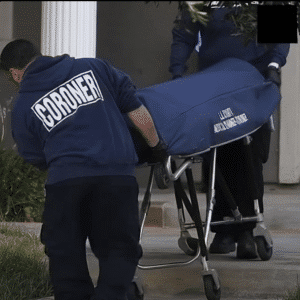In May 2016, tragedy struck at the Cincinnati Zoo when a young boy climbed into the enclosure of Harambe, a 17-year-old western lowland gorilla. In a matter of minutes, zoo staff made the heartbreaking decision to shoot Harambe to protect the child. The world watched in shock—and the conversation hasn’t stopped since.
Experts have debated whether Harambe’s behavior was truly threatening. Some primatologists believe he may have been trying to protect the child, not harm him. Others say the zoo had no choice—tranquilizers take time, and the risk was too high.
The incident raised tough questions about zoo safety, the ethics of captivity, and how we interpret animal behavior. Conservationists used it as a moment to call for better public education and more support for protecting animals in the wild—so they don’t end up behind glass walls.
Harambe’s death wasn’t just a moment—it became a movement. A powerful reminder that with human fascination comes responsibility, and that protecting wildlife means rethinking how we share space with it.




